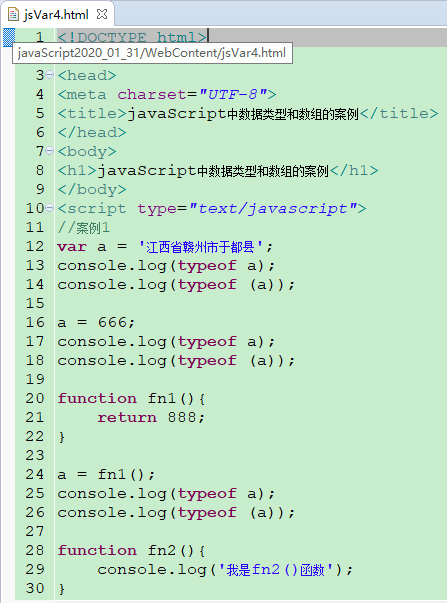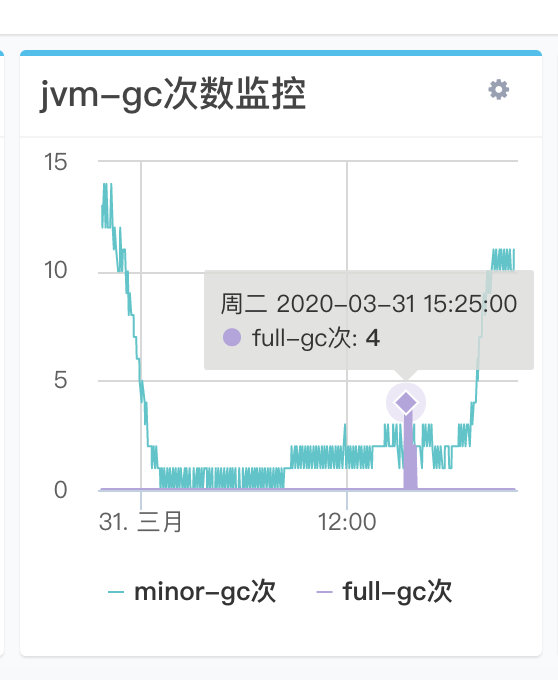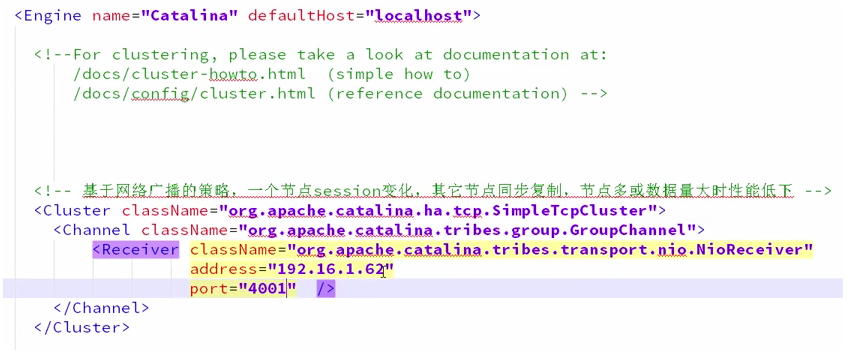Spring中引入增强(IntroductionAdvice)的底层实现原理
2019独角兽企业重金招聘Python工程师标准>>> 
作为一名程序员,舆论一直在告诫我,要有自己的博客,要记录并懂得和别人分享你的技术心得。然而,遗憾的是,每当我有所收获,并为之兴奋,准备下笔要和别人分享之时,我蓦然发现,已经有N位程序员同仁,在N年前,就已经记录过并分享过无数多次该技术要点了。此时,我又何必多此一举的弄一个N+1呢?多年过去,依旧是白纸一张。
不过,在等待多年后,我已经按耐不住了,我的机会终于来了,这一次,无论外面如何春暖花开,如何艳阳高照,如何美女如云,我都视之如粪土。现在,我要做的是,与君分享技术心得。
Let’s Go(来,死狗).
Spring中有五种增强:BeforeAdvide(前置增强)、AfterAdvice(后置增强)、ThrowsAdvice(异常增强)、RoundAdvice(环绕增强)、IntroductionAdvice(引入增强)
RoundAdvice(环绕增强):就是BeforeAdvide(前置增强)、AfterAdvice(后置增强)的组合使用叫环绕增强。
前四种增强都比较简单,我们今天要介绍的是IntroductionAdvice(引入增强)的概念及原理。
引入增强(Introduction Advice)的概念:一个Java类,没有实现A接口,在不修改Java类的情况下,使其具备A接口的功能。
1.Cglib实现引入增强
记住,我的目的不是告诉你怎么在Spring中使用引入增强功能(这不是我的风格),而是探究引入增强功能的底层实现原理。
public interface IHello {public void sayHello();}
上面是接口功能,CeremonyService是需要增强的类,在不改变CeremonyService类的情况下,使其具备IHello接口功能。
public class CeremenyService {public void sayBye() {System.out.println("Say bye from Ceremeny.");}}
看起来要像下面这样:
CeremenyService cs;IHello ih = (IHello) cs;ih.sayHello();
即,CeremenyService居然变成了IHello类型。
我们编写一个重要的拦截器,来实现此功能。
import net.sf.cglib.proxy.MethodInterceptor;import net.sf.cglib.proxy.MethodProxy;import x.y.IHello;public class IntroInterceptor implements MethodInterceptor, IHello {// 实现了IHello增强接口的对象private Object delegate;public IntroInterceptor() {this.delegate = this;}public IntroInterceptor(Object delegate) {this.delegate = delegate;}@Overridepublic void sayHello() {System.out.println("Say hello from delegate.");}@Overridepublic Object intercept(Object obj, Method method, Object[] args, MethodProxy methodProxy) throws Throwable {Class<?> clz = method.getDeclaringClass();if (clz.isAssignableFrom(IHello.class)) {// 如果实现了IHello增强接口,则调用实现类delegate的方法return method.invoke(delegate, args);}return methodProxy.invokeSuper(obj, args);}}
我们来编写一个测试类。
public static void main(String[] args) {Enhancer en = new Enhancer();en.setSuperclass(CeremenyService.class);en.setInterfaces(new Class[] { IHello.class });en.setCallback(new IntroInterceptor());CeremenyService cs = (CeremenyService) en.create();cs.sayBye();IHello ih = (IHello) cs;ih.sayHello();}
en.setInterfaces(new Class[] { IHello.class });非常重要,表示Cglib生成代理类,将要实现的接口集合。
于是生成的代理类Class,类似于:public class CeremenyServiceEnhancerByCGLIB86859be5 extends CeremenyService implements IHello
输出结果:
Say bye from Ceremeny.Say hello from delegate.
这就是大名鼎鼎的引入增强(Introduction Advice)的底层实现原理。
2. Spring framework引入增强源码解读
Spring的xml文件配置。
<bean id="ceremonyService" class="x.y.service.CeremonyService" /><bean id="ceremonyIntroAdvice" class="x.y.advice.CeremonyIntroAdvice" /><bean id="ceremonyProxy" class="org.springframework.aop.framework.ProxyFactoryBean"><property name="interfaces" value="x.y.IHello"/> <!-- 需要动态实现的接口 --><property name="target" ref="ceremonyService"/> <!-- 目标类 --><property name="interceptorNames" value="ceremonyIntroAdvice"/> <!-- 引入增强 --><property name="proxyTargetClass" value="true"/> <!-- 代理目标类(默认为 false,代理接口) --></bean>
我们需要自定义一个拦截器。
import org.aopalliance.intercept.MethodInvocation;import org.springframework.aop.support.DelegatingIntroductionInterceptor;import x.y.IHello;@SuppressWarnings("serial")public class CeremonyIntroAdvice extends DelegatingIntroductionInterceptor implements IHello {@Overridepublic Object invoke(MethodInvocation mi) throws Throwable {return super.invoke(mi);}@Overridepublic void sayHello() {System.out.println("Say hello.");}}
在Spring中,要实现引入增强,需要继承自DelegatingIntroductionInterceptor。
下面看看该DelegatingIntroductionInterceptor类的invoke()方法源码。
@Overridepublic Object invoke(MethodInvocation mi) throws Throwable {// 检测是否是引入增强if (isMethodOnIntroducedInterface(mi)) {// 执行实现了引入增强接口的delegate对象的增强方法Object retVal = AopUtils.invokeJoinpointUsingReflection(this.delegate, mi.getMethod(), mi.getArguments());// Massage return value if possible: if the delegate returned itself,// we really want to return the proxy.if (retVal == this.delegate && mi instanceof ProxyMethodInvocation) {Object proxy = ((ProxyMethodInvocation) mi).getProxy();if (mi.getMethod().getReturnType().isInstance(proxy)) {retVal = proxy;}}return retVal;}return doProceed(mi);}
AopUtils.invokeJoinpointUsingReflection()方法内部,其实就是反射方法调用。
try {ReflectionUtils.makeAccessible(method);return method.invoke(target, args);}
最后写一个测试方法,来测试一下。
public static void main(String[] args) {FileSystemXmlApplicationContext context = new FileSystemXmlApplicationContext("D:/workspace/Spring4.2.5/bin/applicationContext.xml");CeremonyService service = context.getBean("ceremonyProxy", CeremonyService.class);service.sayBye();IHello hello = (IHello) service;hello.sayHello();context.close();}
输出:
Say bye.Say hello.
总结:介绍如何使用的文章比较多,而介绍原理性的文章少一些,我比较喜欢介绍原理性的文章。希望本篇博文,对您有用。
版权提示:文章出自开源中国社区,若对文章感兴趣,可关注我的开源中国社区博客(http://my.oschina.net/zudajun)。(经过网络爬虫或转载的文章,经常丢失流程图、时序图,格式错乱等,还是看原版的比较好)
转载于 //my.oschina.net/zudajun/blog/663962
//my.oschina.net/zudajun/blog/663962



































还没有评论,来说两句吧...